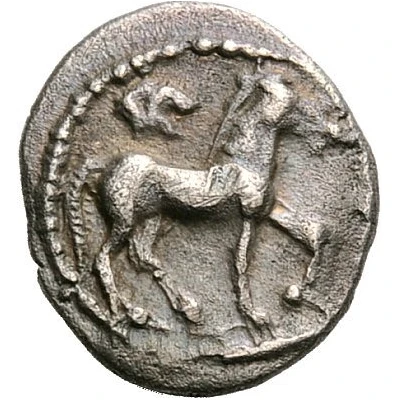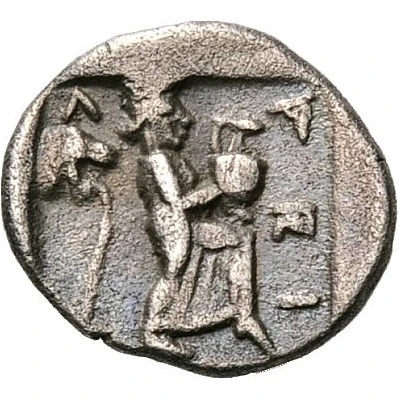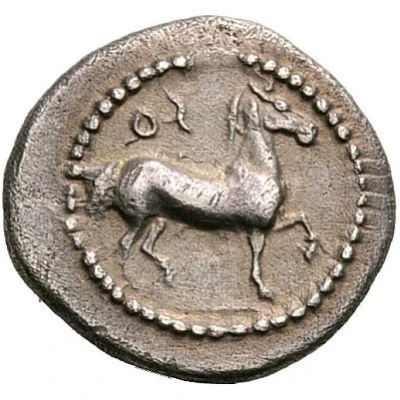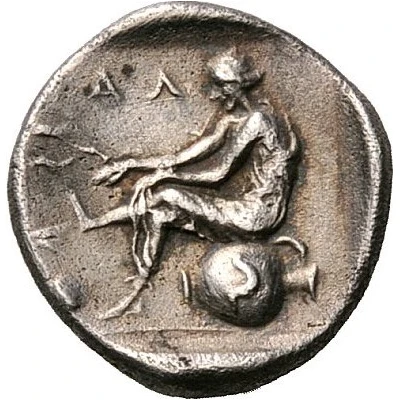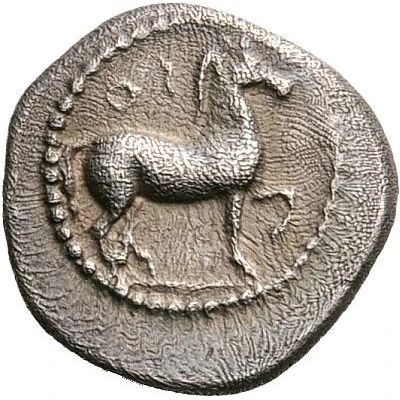
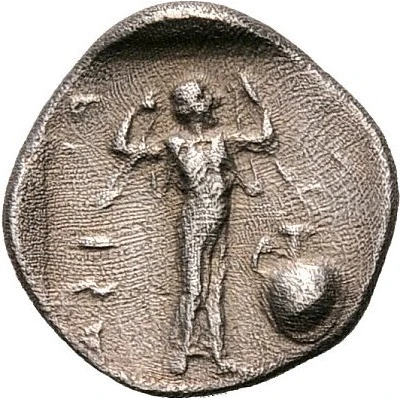

© Nomos AG
Obol 460 BC - 440 BC
| Silver | 0.88 g | - |
| Issuer | Larissa (Thessaly) |
|---|---|
| Type | Standard circulation coin |
| Years | 460 BC - 440 BC |
| Value | Obol (⅙) |
| Currency | Drachm |
| Composition | Silver |
| Weight | 0.88 g |
| Shape | Round (irregular) |
| Technique | Hammered |
| Demonetized | Yes |
| Updated | 2024-10-10 |
| Numista | N#170977 |
|---|---|
| Rarity index | 100% |
Reverse
The nymph Larissa, standing facing, holding her veil with her upraised hands and at her feet to right, hydria
Script: Greek
Lettering: ΛΑRΙϞ Α
Comment
Herrmann F/G IIIβ IV; Traité IV, 684, pl. CCXCVII, 17.
Interesting fact
The Obol coin was used as a form of currency in ancient Greece, specifically in the city-state of Larissa (Thessaly) during the 5th century BC. It was made of silver and weighed approximately 0.88 grams. Despite its small size, the Obol coin played a significant role in the ancient Greek economy, as it was used to purchase everyday goods and services. Its design featured the image of a horse, which was a symbol of strength and prosperity in ancient Greek culture. Today, the Obol coin is a valuable collector's item and a piece of history that provides insight into the economic and cultural practices of ancient Greece.
